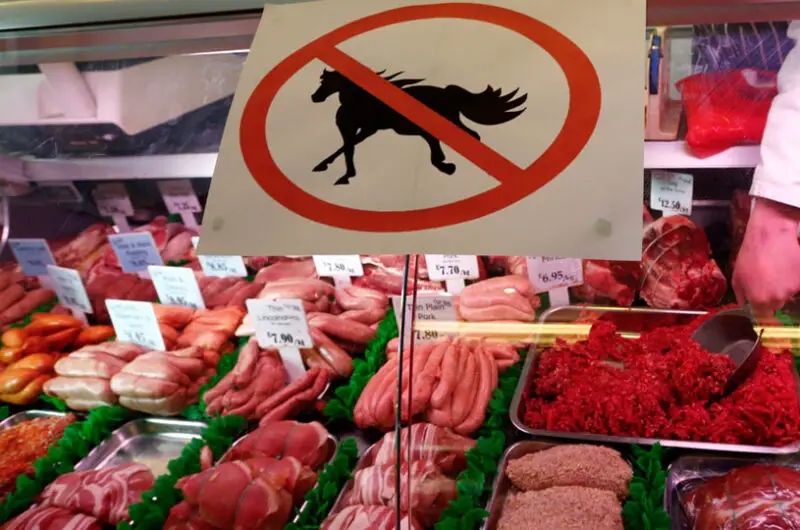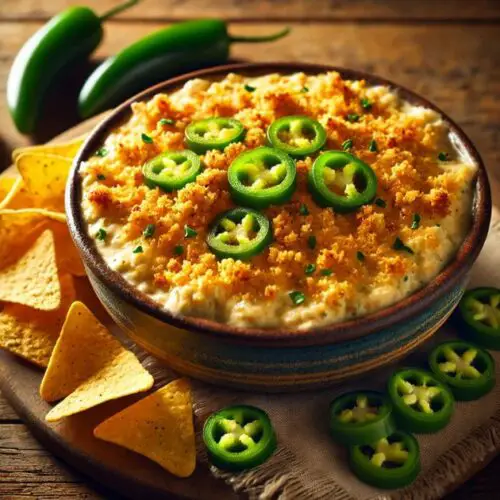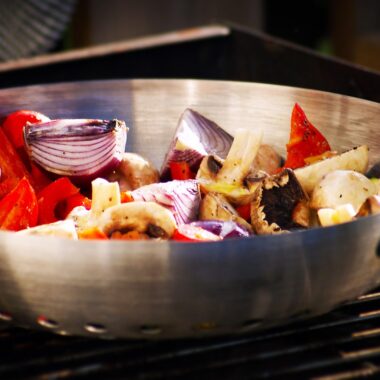Food is a cornerstone of human life, a source of nourishment, culture, and comfort. Yet, throughout history, the food industry has been rocked by scandals that exposed greed, negligence, and outright deception. From contaminated products to fraudulent labeling, these incidents have not only endangered public health but also shattered consumer trust. Here are ten food scandals that left the world reeling, each a stark reminder of the vulnerabilities in our global food supply.
1. The 2008 Chinese Milk Scandal (Melamine Contamination)
In 2008, one of the most devastating food scandals unfolded in China when milk and infant formula were found to be adulterated with melamine, an industrial chemical used to artificially boost protein readings. The scandal affected over 300,000 infants, with six deaths and thousands hospitalized due to kidney stones and renal failure. Major dairy companies like Sanlu were implicated, revealing a widespread practice of diluting milk and adding melamine to pass quality tests.
The fallout was global—products containing Chinese dairy ingredients were recalled in dozens of countries.
Investigations uncovered a toxic mix of corporate greed and lax regulation, leading to the execution of two perpetrators and life sentences for others. This scandal prompted China to overhaul its food safety laws and left an indelible mark on public perception of “Made in China” food products.
2. The 1981 Spanish Toxic Oil Syndrome
In 1981, a mysterious illness swept through Spain, killing over 600 people and leaving thousands with chronic health issues. The culprit? Adulterated rapeseed oil sold as olive oil. Originally intended for industrial use, the oil was denatured with aniline, a toxic chemical, before being fraudulently refined and marketed to unsuspecting consumers.
Symptoms included respiratory failure, muscle wasting, and organ damage, baffling doctors until the link to the oil was established.
The scandal exposed the dangers of unregulated food supply chains and sparked outrage over government inaction.
Decades later, the exact cause of the syndrome remains debated, but it stands as one of Europe’s deadliest food-related disasters, a grim lesson in the consequences of fraud.
3. The 2013 European Horsemeat Scandal
In 2013, Europe was gripped by a scandal that turned stomachs and headlines alike: beef products across the continent were found to contain horsemeat. From supermarket lasagnas to fast-food burgers, DNA tests revealed that up to 100% of some “beef” products were actually horse. The issue wasn’t just the deception—horsemeat itself isn’t inherently unsafe—but the unregulated supply chains that allowed meat from unknown sources, some treated with veterinary drugs like phenylbutazone, to enter the food system.
The scandal implicated major brands like Tesco and Findus, triggering massive recalls and a wave of consumer distrust. It exposed the murky complexities of global meat supply chains and led to stricter labeling laws, though many questioned whether the system could ever fully recover its credibility.
4. The 1906 Upton Sinclair’s The Jungle Exposé (U.S. Meatpacking Industry)
While not a single incident, the 1906 publication of Upton Sinclair’s The Jungle unveiled a scandal so grotesque it transformed food safety in America. Sinclair’s novel, based on his investigation of Chicago’s meatpacking industry, described workers falling into vats and being ground into sausage, rancid meat dyed to look fresh, and tuberculosis-ridden carcasses processed for sale. Intended as a critique of labor conditions, it instead horrified readers about what they were eating.
Public outcry forced the U.S. government to act, passing the Pure Food and Drug Act and the Meat Inspection Act within months. Though Sinclair famously quipped, “I aimed at the public’s heart and by accident hit it in the stomach,” this scandal laid the foundation for modern food safety regulations.
5. The 2009 Peanut Corporation of America Salmonella Outbreak
In 2009, a deadly salmonella outbreak in the United States was traced to peanut butter produced by the Peanut Corporation of America (PCA). The contamination killed nine people, sickened over 700, and led to one of the largest food recalls in U.S. history, affecting everything from crackers to ice cream. Investigations revealed appalling conditions at PCA’s Georgia plant: leaking roofs, rodent infestations, and executives knowingly shipping tainted products after falsifying safety tests.
The scandal resulted in prison sentences for PCA executives, including a landmark 28-year term for CEO Stewart Parnell—the harshest penalty ever for a food safety case. It also spurred the passage of the 2011 Food Safety Modernization Act, shifting focus to prevention rather than reaction.
6. The 2011 Fukushima Daiichi Nuclear Disaster and Seafood Contamination
The 2011 earthquake and tsunami in Japan triggered a nuclear meltdown at the Fukushima Daiichi plant, releasing radioactive isotopes into the Pacific Ocean. Seafood from the region, a staple of Japanese cuisine, became a global concern as cesium-137 and other contaminants were detected in fish, shellfish, and seaweed. Countries imposed bans on Japanese seafood imports, and consumers feared long-term health risks like cancer.
While Japan implemented strict monitoring, the scandal fueled debates over nuclear safety and the environmental impact on food chains. Even years later, distrust lingers, with some avoiding Pacific seafood despite assurances of safety—a testament to the lasting psychological toll of such disasters.
7. The 1990s Mad Cow Disease (BSE) Crisis
In the late 1980s and 1990s, Britain faced a food scandal that turned a staple into a pariah: beef. Bovine Spongiform Encephalopathy (BSE), or “mad cow disease,” emerged when cattle were fed meal containing infected animal remains, leading to a fatal brain disease. Worse, humans who consumed tainted beef developed variant Creutzfeldt-Jakob Disease (vCJD), a gruesome, untreatable condition. Over 180,000 cattle were infected, and 177 people died in the UK alone.
The crisis devastated the British beef industry, led to a global ban on UK beef exports, and exposed the dangers of industrial farming practices. It also forced a reevaluation of how we feed livestock, with lasting changes to agricultural regulations worldwide.
8. The 2015 U.S. Blue Bell Listeria Outbreak
In 2015, Blue Bell Creameries, a beloved American ice cream brand, was linked to a listeria outbreak that killed three people and sickened at least ten across four states. The bacteria was traced to unsanitary conditions in Blue Bell’s plants, including contaminated machinery and inadequate cleaning protocols. The company recalled all its products—the first full recall in its 108-year history—and halted production for months.
The scandal shattered Blue Bell’s wholesome image, leading to layoffs, a $850 million financial hit, and criminal charges against executives. It highlighted the vulnerability of even trusted brands to foodborne pathogens and reinforced the need for rigorous sanitation standards.
9. The 2004 Sudan I Chili Powder Contamination (UK)
In 2004, the UK faced a massive recall when Sudan I, a carcinogenic red dye banned in food, was found in chili powder used in hundreds of products, from sauces to ready meals. The dye, typically used in industrial applications like coloring fuels, had been illegally added to boost the powder’s vibrant hue. Over 600 products were pulled from shelves, costing millions and sparking panic over cancer risks.
The scandal exposed gaps in food import oversight and led to tighter controls on spices entering the UK. While no deaths were directly linked, it underscored how even small ingredients could trigger widespread contamination.
10. The 1970s Swill Milk Scandal (Historical Echoes in New York)
In the mid-19th century, New York City’s “swill milk” scandal shocked the public and reverberated into the 20th century as a cautionary tale. Dairy cows were fed swill—leftover mash from distilleries—producing thin, bluish milk that was then whitened with chalk, plaster, or molasses and thickened with starch or flour. This adulterated milk, often teeming with bacteria, was sold to poor families, leading to thousands of infant deaths from malnutrition and disease.
Exposed by muckraking journalists like Frank Leslie, the scandal spurred early pasteurization efforts and dairy regulations. Though historical, its echoes in modern food fraud cases remind us that cutting corners for profit is an age-old temptation.
The Aftermath and Lessons Learned
These scandals, spanning continents and centuries, share common threads: greed, negligence, and the failure of oversight. Each triggered reforms—whether the U.S. Food Safety Modernization Act, EU labeling laws, or China’s dairy crackdown—but also left scars on public trust. Consumers now scrutinize labels, question supply chains, and demand transparency in ways unimaginable decades ago.
Yet, the food industry remains a battleground. Globalization has stretched supply lines thin, making traceability harder, while profit motives still tempt corner-cutting. Technology offers hope—blockchain for tracking, AI for detecting fraud—but vigilance is key. As history shows, the cost of complacency can be measured in lives.
From melamine-laced milk to horsemeat masquerading as beef, these ten scandals shocked the world not just for their audacity but for their human toll. They remind us that food, so essential to life, can become a vector for harm when ethics falter. The question lingers: what’s next?


















